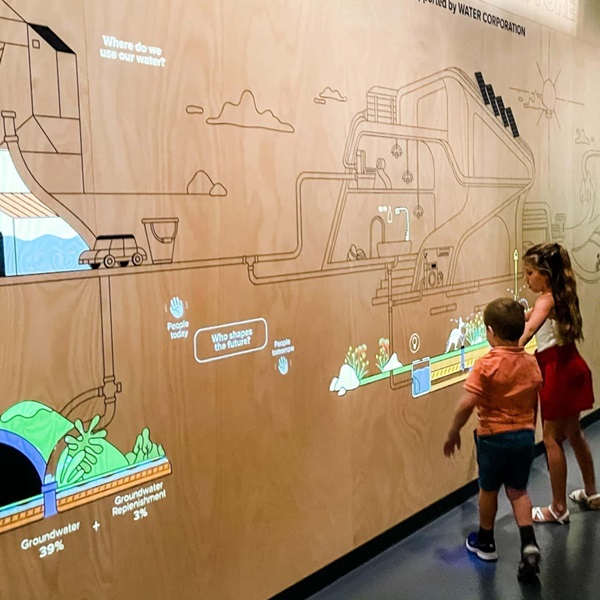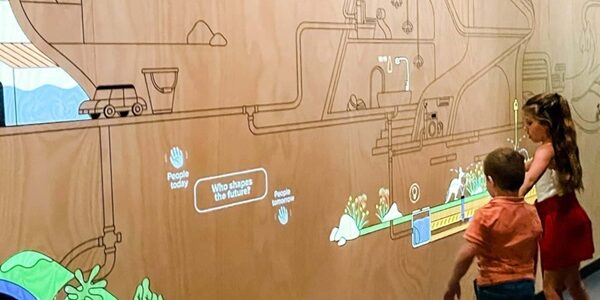Museums are embracing cutting-edge technologies to enhance visitor experiences, preserve cultural heritage, and optimize operations. Among these technologies, LiDAR (Light Detection and Ranging) stands out as a game-changer. By creating high-precision 3D models and enabling real-time interaction, LiDAR is transforming how museums operate and engage with their audiences.
In this blog, we’ll explore the specific applications of LiDAR technology in museums and how it’s shaping the future of cultural institutions.

1. Digital Documentation and Preservation of Artifacts
One of the most significant applications of LiDAR in museums is the creation of high-resolution 3D models of artifacts and exhibition spaces. These models serve as invaluable digital records, aiding in the preservation, restoration, and study of cultural heritage.
- Benefits:
- Provides detailed references for restoration projects.
- Ensures accurate documentation of fragile or rare artifacts.
- Enables researchers to study objects without physical handling.
2. Interactive and Immersive Exhibits
LiDAR technology is revolutionizing museum exhibits by enabling gesture-based interactions and immersive experiences. Visitors can engage with virtual displays, explore 3D reconstructions of historical sites, or interact with digital replicas of artifacts.
- Examples:
- Virtual reconstructions of ancient cities or archaeological sites.
- Gesture-controlled exhibits that respond to visitors’ movements.
- Augmented reality (AR) overlays that provide additional context.
3. Visitor Behavior Analysis and Optimization
LiDAR sensors can track visitor movements and behavior within museum spaces. This data helps museums optimize exhibit layouts, manage crowd flow, and improve the overall visitor experience.
- Applications:
- Identifying popular exhibits and adjusting their placement.
- Managing peak visitor times to reduce congestion.
- Enhancing signage and wayfinding based on visitor patterns.
4. Accessibility and Navigation Assistance
LiDAR technology can create accessible pathways and provide real-time navigation assistance for visitors with disabilities. This ensures that everyone can enjoy the museum experience, regardless of physical limitations.
- Features:
- Real-time guidance for wheelchair users or visually impaired visitors.
- Interactive maps that adapt to individual needs.
- Enhanced accessibility for temporary or rotating exhibits.
5. Security and Surveillance
Museums can use LiDAR for advanced security monitoring. The technology detects unauthorized movements or intrusions, ensuring the safety of both visitors and priceless artifacts.
- Advantages:
- High-precision detection of suspicious activity.
- Non-intrusive monitoring without the need for visible cameras.
- Enhanced protection for high-value or sensitive exhibits.
6. Virtual Tours and Online Engagement
LiDAR-generated 3D models enable museums to create virtual tours, allowing global audiences to explore exhibits remotely. This expands the museum’s reach and fosters engagement with a broader audience.
- Benefits:
- Accessible to anyone with an internet connection.
- Provides an immersive experience for remote visitors.
- Encourages online donations and memberships.
7. Exhibit Design and Space Planning
LiDAR data provides precise spatial information, helping museums design and plan exhibits more effectively. This ensures optimal use of space and enhances visitor engagement.
- Applications:
- Accurate measurements for exhibit layouts.
- Visualization of how visitors will move through the space.
- Testing different configurations before implementation.
Why Choose CPJROBOT for LiDAR Solutions?
At CPJROBOT, we specialize in the research and manufacturing of POE LiDAR technology. Our advanced LiDAR sensors are designed to deliver high precision, reliability, and seamless integration with museum systems. Whether you’re looking to digitize artifacts, create interactive exhibits, or enhance security, our solutions are tailored to meet your needs.
Call to Action
Ready to bring the power of LiDAR to your museum? Contact CPJROBOT today to learn more about our POE LiDAR technology and how it can transform your exhibits, improve visitor experiences, and safeguard your cultural heritage. Let’s innovate together!
Keywords: LiDAR technology in museums, 3D modeling for artifacts, interactive museum exhibits, visitor behavior analysis, accessibility in museums, museum security, virtual museum tours, POE LiDAR, CPJROBOT.







